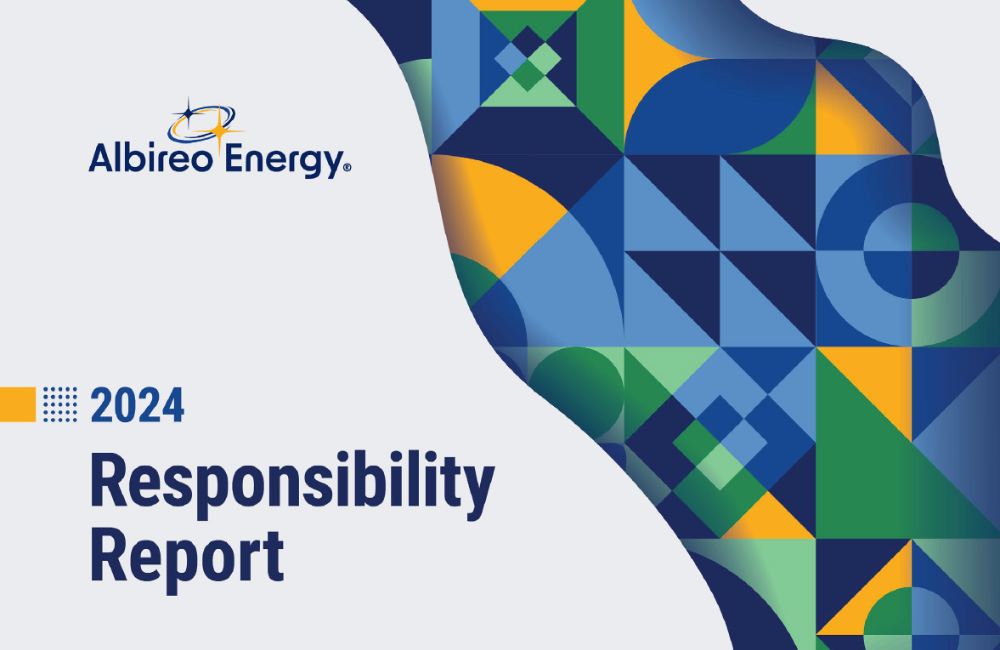Enduring the certification process for LEED, ENERGY STAR or other environmental programs requires extra time and commitment of the team throughout the duration of the building project. At times, the process can be overwhelming, especially for your first submission. However, the tangible and intangible benefits indicate it’s a worthwhile endeavor. To be successful, many building owners engage a sustainability consultant at the beginning of the project to ensure a smooth certification process.
To achieve ambitious climate goals, some cities and municipalities are incorporating environmental certification such as LEED and ENERGY STAR in their new construction code requirements. Financial institutions are offering green loans which require an energy efficiency program certification or documented energy savings over code. Green loans show transparent value with lower interest rates, tax credits, and other benefits. Utilities offer rebates which are dispersed upon building completion once certification documentation is provided. These rebates are based on energy savings achieved and often to substantial savings.
Environmental (also called green) certifications require a third-party verifier, a higher standard of specifications in the design of the building, and an additional time commitment for more inspections and documentation.
Do environmental certified buildings show a significant return on the investment in the long term?
Evidence of Value
A study conducted for the Department of Energy analyzed data from 26,000 properties to determine what savings were attained. Their findings are encouraging. A reduction in energy consumption averaged 8 to 11% in building stock that earned environmental certifications and other building specific interventions. Combined with occupancy engagement and building improvements, average savings reached 23%. Savings varied depending on the level of certification, but sufficient data is available to confirm that certifications like LEED and ENERGY STAR lead to improved energy efficiency.
The intangible benefits related to certified buildings that may not easily be quantified also are significant. An article from The Journal of Portfolio Management considered intangible benefits such as tenant satisfaction and lead renewal. The results showed that certified buildings had higher lease renewals and higher tenant satisfaction ratings. The sample studied also confirmed that certified buildings can lease at higher rents and have lower vacancies.
Nationwide studies with sampling from thousands of buildings confirmed that LEED and ENERGY STAR certified buildings improved value in the following five ways:
- Higher Rent
- Lower Vacancy
- Lower Utility Costs
- Increased Real Estate Value
- Equal Construction Costs (or only slightly greater than the costs for non-certified buildings)
Climate goals have organizations prioritizing sustainability objectives in their corporate strategies. These socially conscious firms are seeking green office space to lease. More responsible tenants can contribute to lower vacancy risks and rental collection loss thus increasing the value of the asset.
Higher Level of Quality
It all starts with a better constructed building. So do certified buildings require costly upgrades? This data set showed equal or only slightly higher construction costs than non-certified buildings. Increased costs are often attributed to the certification fees needed to register with the programs. The oversight required by the programs to verify the design and as-built installation and construction benefits the building owner by providing a higher level of quality assurance during construction.
The green certification programs are progressive and strive to align their criteria with current legislation, tech trends and climate goals. Green certification programs such as LEED and ENERGY STAR have applicable requirements for new construction, rehabilitation, retrofits and equipment replacement. The evidence is in that pursuing green certification provided long term positive effects on the environment and the life cycle of the asset.







